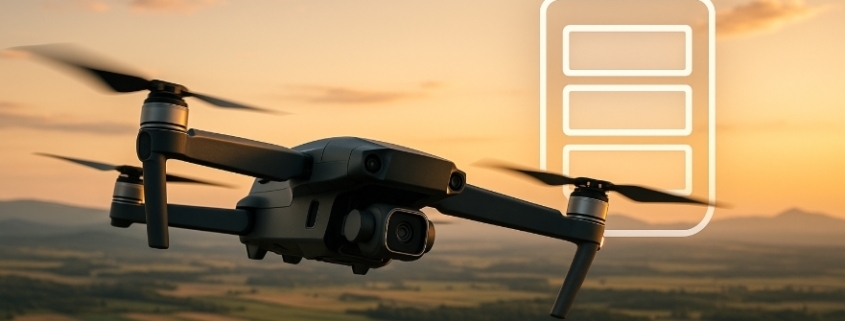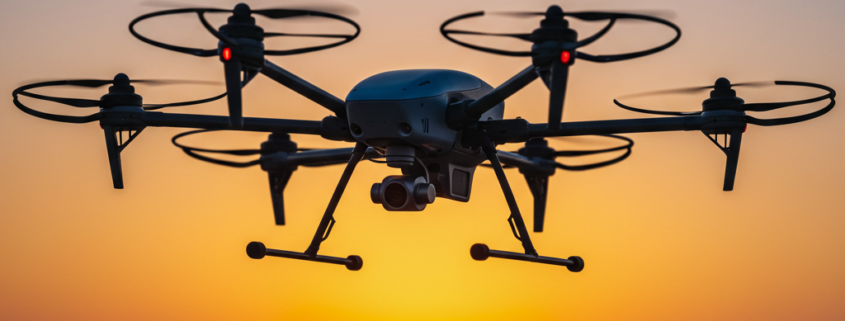Solid-State Batteries: The Game Changer for Drone Flight Endurance?
When it comes to drones, one thing every pilot wants is longer flight time. Many hobbyists and professionals are excited about the idea of solid-state batteries. But are they really the game changer for drone flight endurance? Let’s dive into what solid-state batteries are, how they work, and whether they’re ready to power your next drone mission.
What Are Solid-State Batteries?
Solid-state batteries use a solid electrolyte instead of the liquid or gel electrolytes found in traditional lithium-ion batteries. This simple-sounding change brings big benefits, like improved safety and higher energy density.
Key Features of Solid-State Batteries:
- Solid electrolyte instead of liquid
- Higher energy storage in the same size
- Lower risk of fire or explosion
- Longer lifespan
These advantages make them appealing for all kinds of devices — and drones are no exception.
Why Drones Need Better Batteries
Most consumer drones today use lithium-polymer (LiPo) batteries. They’re lightweight and deliver high power quickly, but they have limits:
- Short flight times (typically 20–40 minutes)
- Heat and safety issues
- Limited charge cycles before performance drops
Drone makers and battery researchers know that boosting energy storage is the key to longer, safer, and more efficient flights.
How Could Solid-State Batteries Improve Drone Flight?
Here’s how solid-state batteries could change the game for drones:
✅ Longer Flight Times: Higher energy density means more power packed into the same weight.
✅ Safer Flights: Solid electrolytes reduce the risk of battery fires — important for drones flying over people or sensitive areas.
✅ Better Performance in Cold Weather: Some solid-state chemistries handle low temperatures better than LiPos.
✅ Faster Charging and Longer Life: Many designs promise more charge cycles, which means less money spent on battery replacements.
Are Solid-State Batteries Ready for Drones Now?
Here’s the catch — while the potential is huge, solid-state batteries are still in development for many uses. Companies like Toyota, QuantumScape, and Samsung are working to scale production, but mass-market drone batteries aren’t quite here yet.
Challenges include:
- High manufacturing costs
- Limited large-scale production
- Some designs still need better performance at room temperature
So for now, drone pilots will likely have to wait a few more years before solid-state batteries become common.
Early Signs of Progress
That said, there’s good news. Several drone companies and battery start-ups are testing solid-state cells. Some experimental drones have already flown with early prototypes, showing improved flight times and safety.
As electric cars push solid-state tech forward, drones will likely benefit too. Experts believe we could see commercial solid-state drone batteries within this decade.
Should You Wait for Solid-State Drone Batteries?
If you fly drones now, it’s not worth waiting around. Current LiPo batteries are still the best option. But keep an eye on this technology — it could dramatically extend your drone’s flight time, make your missions safer, and reduce the risk of mid-air battery failures.
In the meantime, you can boost your drone’s endurance with:
- High-capacity LiPo batteries
- Proper battery maintenance
- Efficient flight planning
Final Thoughts
Solid-state batteries have the potential to be a true game changer for drone flight endurance. Although they’re not widely available yet, progress is happening fast. In the next few years, we may see drones staying in the sky longer and safer than ever before — thanks to this exciting battery breakthrough.
FAQ: Solid-State Batteries for Drones
Q1: What’s the main advantage of solid-state batteries for drones?
A: Higher energy density and improved safety — meaning longer flights and less fire risk.
Q2: When will solid-state batteries be available for drones?
A: It’s hard to say exactly, but experts estimate within the next 5–10 years as production costs drop and technology matures.
Q3: Are any drones using solid-state batteries now?
A: Some experimental models and prototypes have used them, but they’re not yet common for consumers.
Q4: Can I retrofit my drone with a solid-state battery?
A: Not at this time — when they hit the market, they’ll likely come as purpose-built packs for specific drone models.



